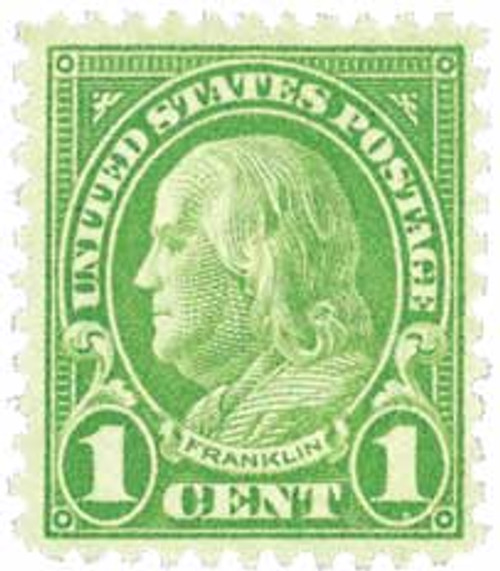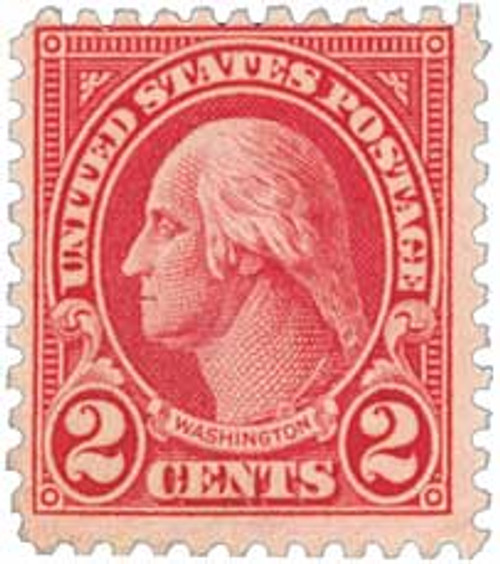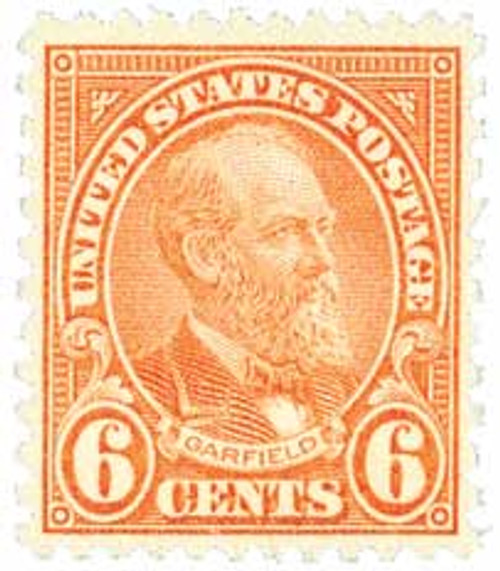
1927 8c Grant, olive green
# 640 - 1927 8c Grant, olive green
MSRP:
Was:
Now:
$0.35 - $505.00
(You save
)
Write a Review

Write a Review

640 - 1927 8c Grant, olive green
| Image | Condition | Price | Qty | |
|---|---|---|---|---|

|
Mint Plate Block
ⓘ
Ships in 1-3 business days.
Ships in 1-3 business days.
$ 27.50
|
$ 27.50 |
|
0
|
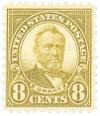
|
Mint Stamp(s)
ⓘ
Ships in 1-3 business days.
Ships in 1-3 business days.
$ 4.95
|
$ 4.95 |
|
1
|
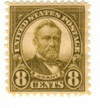
|
Mint Stamp(s)
Fine
ⓘ
Ships in 1-3 business days.
Ships in 1-3 business days.
$ 6.00
|
$ 6.00 |
|
2
|

|
Mint Sheet(s)
ⓘ
Ships in 1-3 business days.
Ships in 1-3 business days.
$ 505.00
|
$ 505.00 |
|
3
|
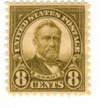
|
Mint Stamp(s)
Fine, Never Hinged
ⓘ
Ships in 1-3 business days.
Ships in 1-3 business days.
$ 7.25
|
$ 7.25 |
|
4
|
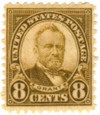
|
Mint Stamp(s)
Very Fine
ⓘ
Ships in 1-3 business days.
Ships in 1-3 business days.
$ 7.25
|
$ 7.25 |
|
5
|

|
Mint Stamp(s)
Very Fine, Never Hinged
ⓘ
Ships in 1-3 business days.
Ships in 1-3 business days.
$ 8.50
|
$ 8.50 |
|
6
|
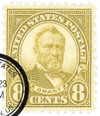
|
Used Single Stamp(s)
ⓘ
Ships in 1-3 business days.
Ships in 1-3 business days.
$ 0.35
|
$ 0.35 |
|
7
|
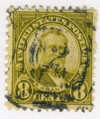
|
Used Single Stamp(s)
Fine
ⓘ
Ships in 1-3 business days.
Ships in 1-3 business days.
$ 1.00
|
$ 1.00 |
|
8
|

|
Unused Stamp(s)
small flaws
ⓘ
Ships in 1-3 business days.
Ships in 1-3 business days.
Free with 1,050 Points
$ 3.50
|
$ 3.50 |
|
9
|

|
Used Stamp(s)
small flaws
ⓘ
Ships in 1-3 business days.
Ships in 1-3 business days.
$ 0.35
|
$ 0.35 |
|
10
|

|
Unused Plate Block
small flaws
ⓘ
Ships in 1-3 business days.
Ships in 1-3 business days.
$ 19.00
|
$ 19.00 |
|
11
|
Mounts - Click Here
| Mount | Price | Qty |
|---|
U.S. #640
1926-28 Rotary Stamps
8¢ Ulysses S. Grant
1926-28 Rotary Stamps
8¢ Ulysses S. Grant
First Day of Issue: June 10, 1927
First City: Washington, D.C.
Printing Method: Rotary Press
Perforation: 11 x 10 ½
Color: Olive green
First City: Washington, D.C.
Printing Method: Rotary Press
Perforation: 11 x 10 ½
Color: Olive green
The portrait of Ulysses S. Grant on U.S. #640 came from a photograph by renowned Civil War photographer Matthew Brady. While the 8¢ stamp had many uses at the time, it saw an increase in demand in 1932 when the Airmail letter rate was raised from 5¢ to 8¢.

U.S. #640
1926-28 Rotary Stamps
8¢ Ulysses S. Grant
1926-28 Rotary Stamps
8¢ Ulysses S. Grant
First Day of Issue: June 10, 1927
First City: Washington, D.C.
Printing Method: Rotary Press
Perforation: 11 x 10 ½
Color: Olive green
First City: Washington, D.C.
Printing Method: Rotary Press
Perforation: 11 x 10 ½
Color: Olive green
The portrait of Ulysses S. Grant on U.S. #640 came from a photograph by renowned Civil War photographer Matthew Brady. While the 8¢ stamp had many uses at the time, it saw an increase in demand in 1932 when the Airmail letter rate was raised from 5¢ to 8¢.
!


